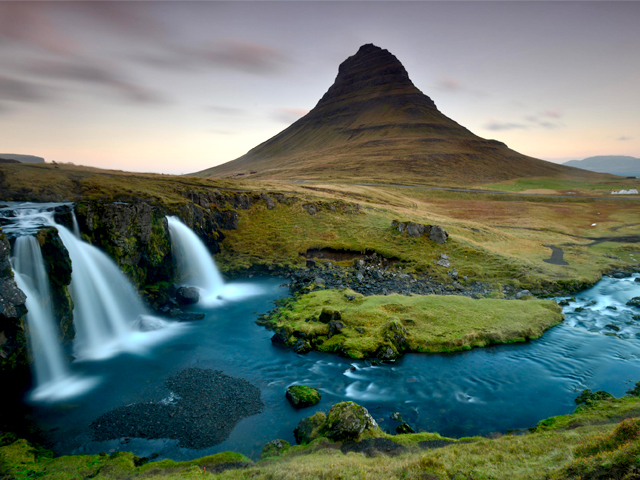ICELAND’S FORESTS RECAPTURED
05 Jun 2018
1000 years after Vikings razed Iceland’s forests to the ground, the Icelandic Forest Service, in collaboration with forest farmers and local forestry societies, is working to regrow what was lost and bring forests back to the country.

Iceland has become a popular tourist destination due to its breathtaking views and unique geological features, but it is also one of the worst examples of deforestation on the planet. When settlers first arrived in Iceland in the ninth century, up to 40 percent of the land area was covered with forests. These forests were cleared by Vikings for fuel and grazing space. Erosion from overgrazing and disruption from volcanic events left Iceland nearly completely without its forests.
Icelandic Forest Service director, Þröstur Eysteinsson, understands the true magnitude of what the organisation he leads is trying to accomplish. “Iceland is certainly among the worst examples in the world of deforestation. It doesn’t take very many people or very many sheep to deforest a whole country over a thousand years,” he explained. “To see the forest growing, to see that we’re actually doing some good is a very rewarding thing. 
“My mission is to support growing more forests and better forests, to make land more productive and more able to tolerate the pressures that we put on it.”
The only native forest-building tree, the downy birch, has struggled to establish itself in new forests. With assistance from the Euforgen program, the Iceland Forest Service is introducing locally-tailored, non-native tree species, most of which are from Alaska, into Iceland woodlands. These newly mixed forests are growing with more success than was originally expected.
The ultimate goal is to improve Iceland’s forest cover from the current two percent to twelve percent by 2021, with help from the carefully curated non-native trees.







